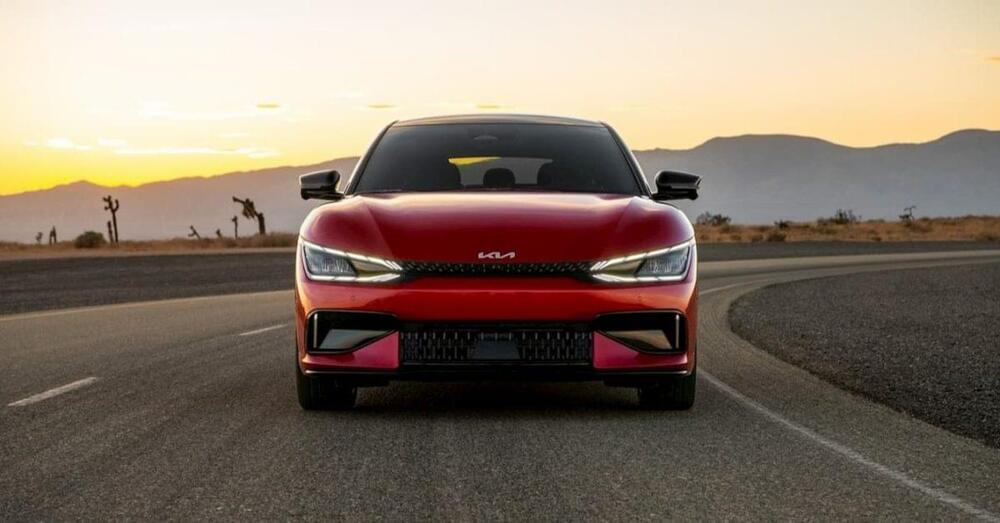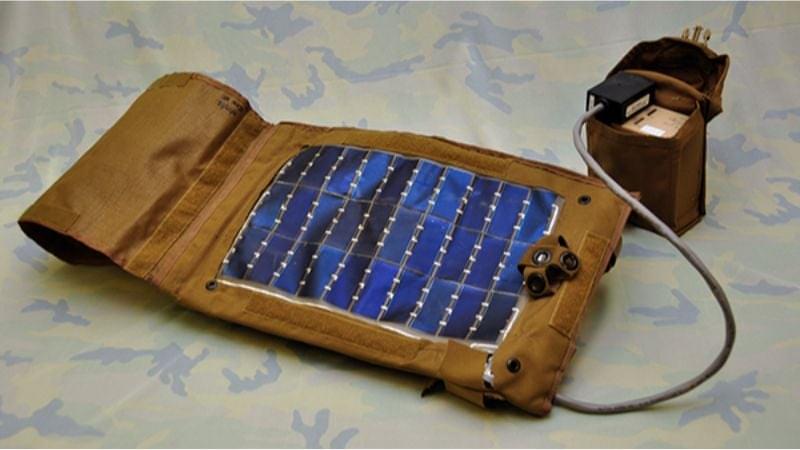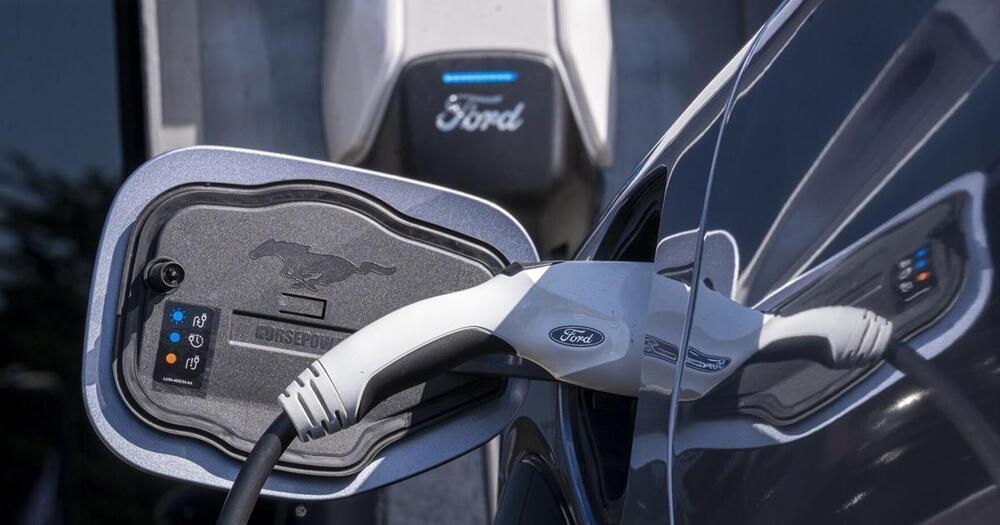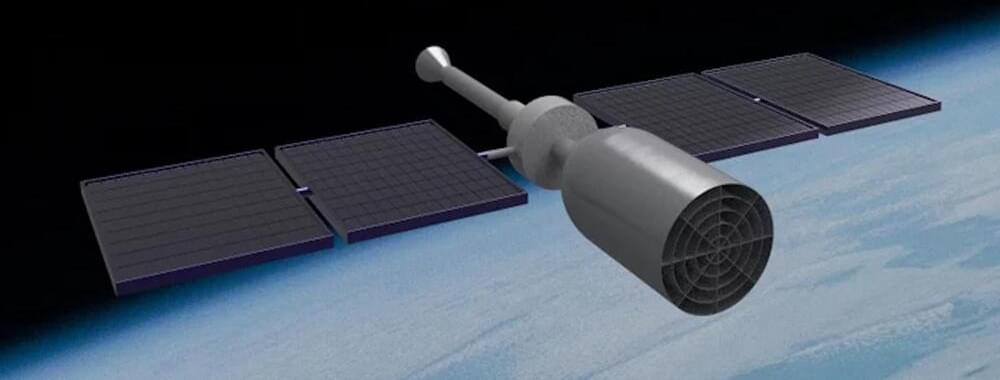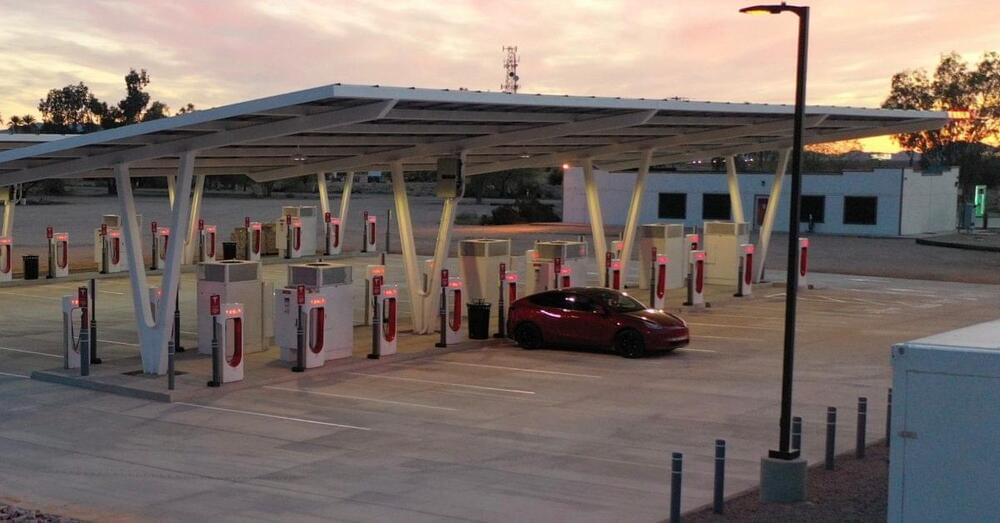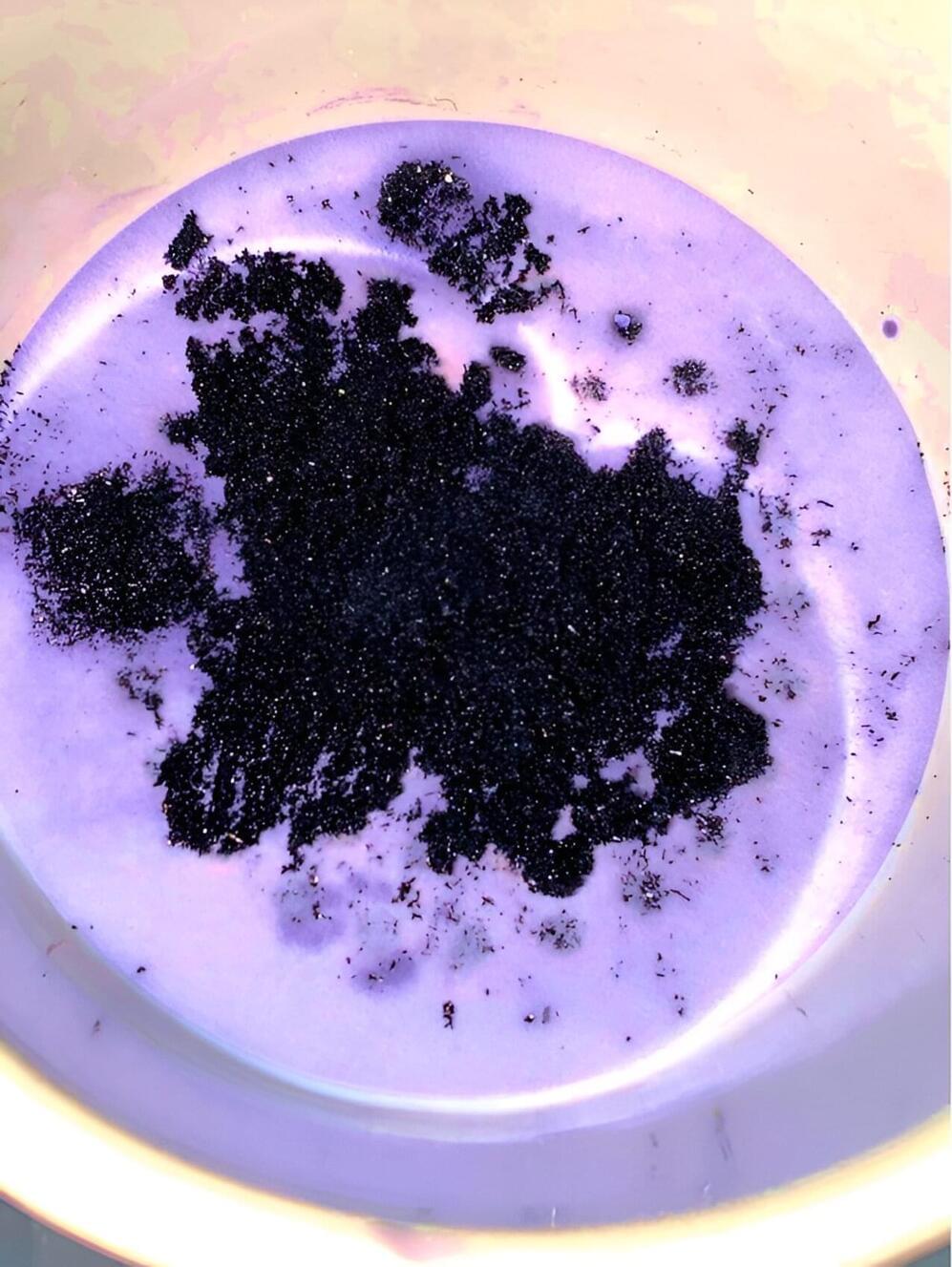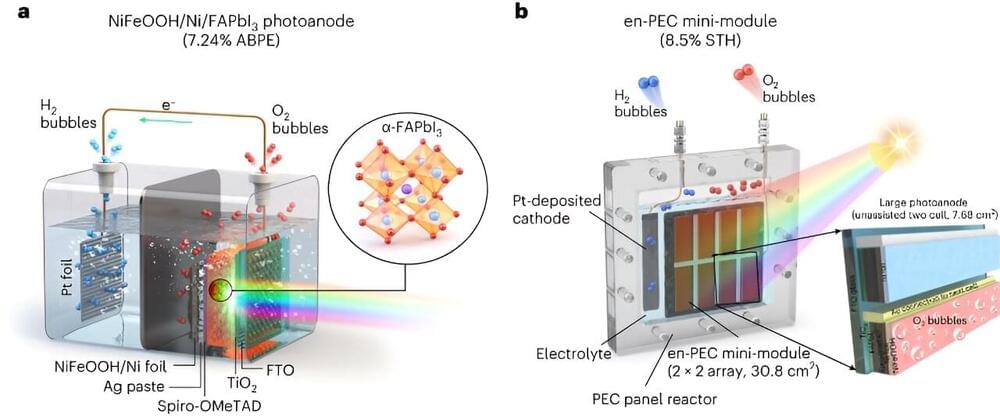Feb 14, 2024
Kia EV8 leaks as electric Stinger replacement with 500 miles range and over 600 hp
Posted by Shailesh Prasad in categories: sustainability, transportation
Kia plans to replace the Stinger with an incredibly powerful all-electric sedan called the EV8. The high-performance EV is expected to pack over 600 hp and 500 miles range as Kia’s most powerful car yet.
The Kia EV8 will be the first electric vehicle based on Hyundai’s next-gen “eM” platform. Hyundai’s eM platform is one of two new platforms to be built under its new Integrated Modular Architecture. (IMA).
After revealing the platform last year, Hyundai claimed it would improve EV driving range by 50% compared to current models.
